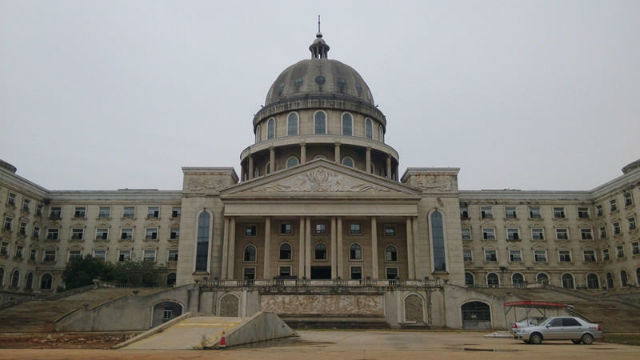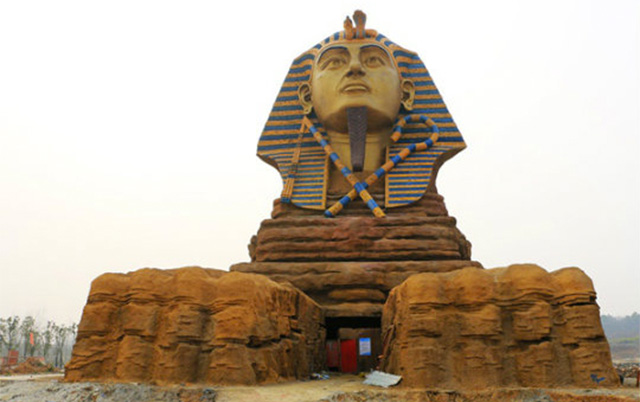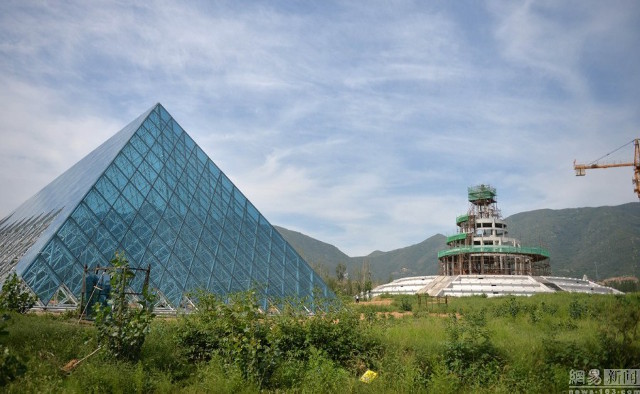In the previous post “What is happening in China?” I explained that the Chinese economy had become seriously unbalanced and that a very deep restructuring must take place to correct the imbalances. The Chinese economy is unbalanced because it has a very low rate of consumption (the lowest GDP proportion of consumption in history) and its growth in recent decades, particularly the last decade, has been built on a massive and accelerating investment program (the largest in history). The adjustment in China will, therefore, take the form of a decline in investment and a rise in household consumption. That sounds straightforward but is in reality is very difficult because, for a raft of reasons, China’s investment program has deep roots in its system of political economy, and because shifting the Chinese economy from producing for investment to producing for consumption is a process that can easily cause serious disruption in the economy. Much of the wealth and corrupt incomes of the elite are tied up with massive infrastructural investment projects, often intimately connected to local and regional political structures and to state owned enterprises.
The reason the investment led growth system in China must come to an end is that it is running out of steam as productive investment opportunities, funded by ultra cheap capital flowing out of the Chinese state financial system, become exhausted and more and more investment is poured into unproductive projects. These unproductive investment projects cannot produce a return on the capital invested and so manifest as non-performing loans and mounting bad debt inside the Chinese financial system. The way the state managed financial system works means the growing mountain of bad debt can be hidden, spread around the system and rolled over but the system has limits and when those limits are reached a serious debt crisis could erupt.
Ghost cities and the exhaustion of productive investment
Investment in infrastructure accounts for much of China’s GDP, the country has built the equivalent of Rome every two months in the past decade. As China has rapidly urbanised over the last decade a rush to build new cities, along with the roads, railways and airports to connect them, has led to a massive construction boom across the country. However the supply of new building, indeed the supply of entire new cities and new towns, has vastly outgrown the demand for such property. All across China ‘ghost cities’ have developed, urban areas devoid of population. These projects were all deemed successful, in that they contributed to the reported GDP growth rate, and large amounts of money could be made implementing them, but in reality such developments are wasteful and useless, and epitomise the unproductive investment boom that is now sustaining Chinese growth. There are now more than 64 million empty apartments in these ghost cities.
Although in order to rebalance China should be scaling down its investment programme, and given the evidence of over capacity its should be scaling down infrastructure development in particular, the commitment to the massive construction program seems to be still strong and even possibly accelerating. A new surge of urban development has been planned which, if ever implemented, would lead to a new wave of “ghost cities” in China, as the combined urban development plans drawn up across the country would result in the building of houses far in excess of China’s current population.
Under these circumstances its not surprising that reports from both the official news agency Xinhua and the independent media outlet Thepaper.cn say that urban planning in China is now essentially out of control, as each of the country’s provincial capitals is planning to build an average of 4.6 new urban districts, and regional cities look to build an average of 1.5 new districts. These new urban areas would provide housing for 3.4 billion people – entirely out of line with actual demand for housing from China’s population of less than 1.4 billion.
According to Xinhua, a survey of 156 local-level and 161 county-level cities across 12 provinces found the 12 provincial capitals are planning a total of 55 new districts, with one alone planning 13. Over 90 percent of local-level cities are planning new districts, the agency said.
The problem of uncontrolled development is not new: in 2013 the Peoples’ Daily criticised the trend of building new cities with the expectation that they would eventually be filled, in particular, the development of smaller cities that do not have the same potential as larger economic centres. During ‘normal’ urban development, large cities absorb smaller ones as they expand, but in many cases in China the political and economic system has meant that its is easier (and more lucrative for the elite and corrupt party cadres) to just build entirely new cities or districts which then become under-occupied “ghost cities”.
The amount of land needed for expansions is also increasing. One provincial capital in the west of China is proposing three new districts and five new cities – requiring 7.8 times as much land as the original city covers. Zhengzhou, the capital of Henan in central China, covers an area of 132 square kilometres, and is planning a new district of 150 square kilometres.
According to Xinhua, the trend for development of new urban areas is spreading from provincial capitals to smaller local and county-level cities, with construction on county land and in development zones also heating up. A lack of coordination means that in some cases several new cities are being planned in an area of only some dozens of square kilometres.
Zhou Yixing, a Peking University professor and a consultant to the Urban Planning Society of China, told Thepaper.cn that while most resources and personnel are concentrated in the large cities, development has not been coordinated with smaller nearby cities, and so growth hasn’t spread to those areas and spurred their own development. As growth in the large cities hasn’t been well-managed, urban problems such as congestion are getting worse.
In the past economic growth was seen as the most important part of urban development – so it had to be done quickly, and often at any cost, according to Shi Nan, deputy chair of the International Society of City and Regional Planners. Speaking at the recent 2015 Annual National City Planning Conference, Shi said there is an urgent need for better urban-rural planning to resolve a number of urban development issues – and most importantly, the ideology of urban planning in China needs to change.
The reality of wasteful investment
An impressive replica of the US Capitol Building has stood dormant in the city of Wuhan for several years now, becoming a makeshift home to wandering food vendors in the area. The building features five floors and is configured in a U-shape, remaining faithful to many of the design elements of the original, namely the domed roof and Romanesque columns. Originally intended to be used as a luxury hotel, construction halted after financing for the building dried up. A project such as this would have made money for the officials involved and would appear as part of China’s GDP growth but in reality it is a completely nonsensical and wasteful project. The imitation Capitol Building has now spent the past few years falling into a state of disrepair. The building has not gone completely to waste, however, with vagrant food vendors now taking residence inside the edifice and local residents using the courtyard to grow vegetables.
Other replicas of world-famous architectural icons have been built across China with little economic rationality. A replica of the Great Sphinx has been constructed as part of the World Cultural Heritage Expo Park in Chuzhou city in Anhui province as part of the ‘creative animation and tourism park’ built by the Chancheng movie and television culture company in June 2013. This isn’t the only version of Great Sphinx that has been built in China. A giant life-sized replica of the Sphinx has also appeared outside of Donggou village, Shijiazhuang city, in Hebei province, alongside a fake Louvre.
Why stop at just replicating, over and over again, world famous buildings. Why not build copies of entire cities. In Tianduchenga, a near deserted replica of Paris complete with its own Eiffel Tower, was meant to attract new residents and businesses. But the new businesses are struggling to survive. “There aren’t many people here; our business is volume-based”, says the owner of a takeaway lunch shop. Meanwhile, in the Lanzhou New Area a range of 700 mountains has been leveled and demolition of houses and forced relocation is underway to make space for a new 130,000 hectare metropolis.
Its not just Paris that has been copied, outside of Shanghai a series of foreign themed cities have been built including Thames Town intended to be a representation of London. Almost no one lives there, the shops are just facades and its primary use is as a back drop for wedding photos.






